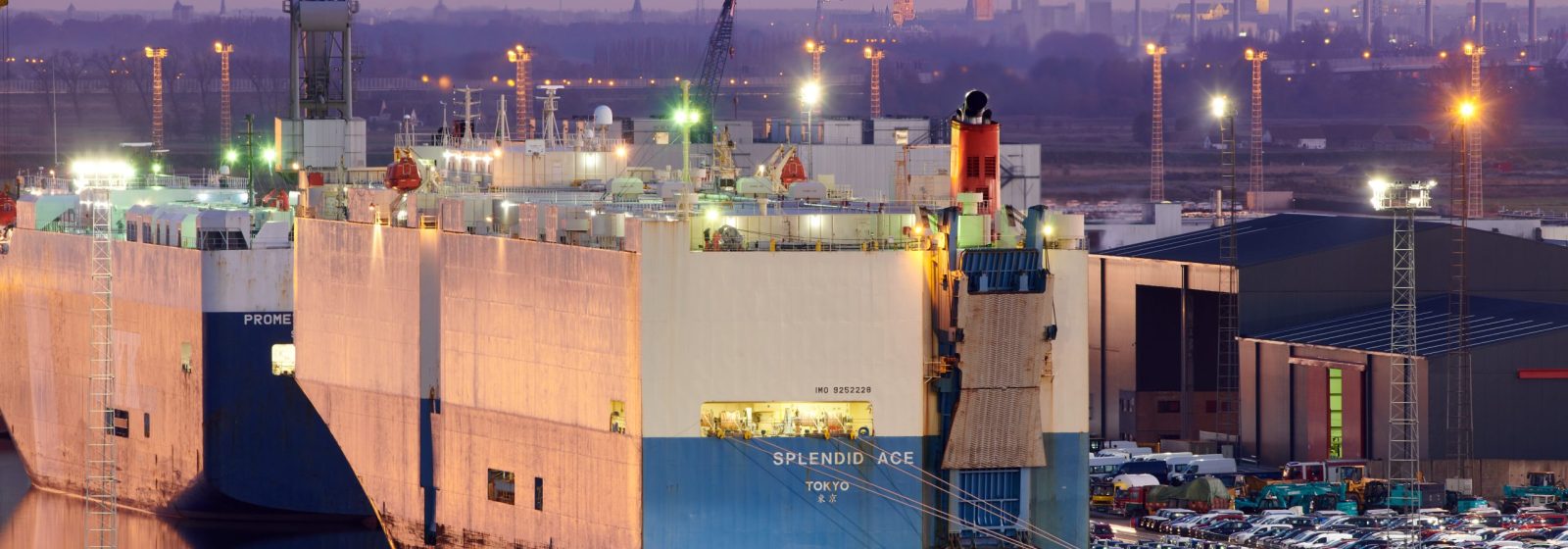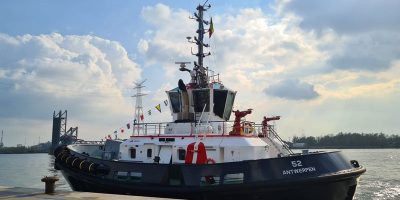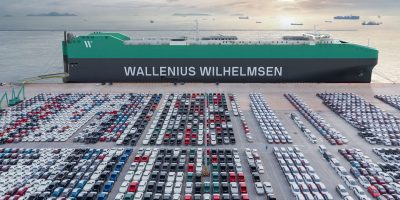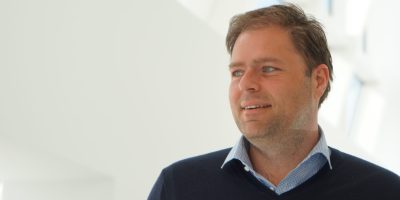
Trade magazine Flows will hold its first roro congress in Zeebrugge on 15 May 2024. With a record number of cars arriving for the European market – increasingly electrified – the sector is literally under high voltage. Together with national and international speakers, we look at the challenges and opportunities.
Under the heading ‘sector under high voltage’, we will delve into various topics during the conference. For instance, we will look at the strict European regulations on sustainability, and how these affect the sector. We examine how this influx of – increasingly electric – cars can be transported safely and how this can be done in a multimodal way. Zeebrugge’s position as Europe’s largest ro-ro port is also discussed.
Several new Chinese car brands continue to choose Zeebrugge as their gateway to the European market. Recently, limousines from Hongqi were spotted and this summer, the fast-growing car group Chery, is bringing models from Omoda and Jaecoo to Belgium.
As managing director of ICO, Marc Adriansens helped build Zeebrugge into Europe’s leading ro-ro port. It is a success story, yet threatening clouds loom on the horizon. For instance, the new Emission Trading Scheme (ETS) could play tricks on the port. After all, the new emission rights make it much more expensive for ships to sail up to our ports than if they docked in southern Europe. Adriansens advocates compensation to safeguard the competitive position of the ro-ro sector.
Ro-ro ship capacity
Beforehand, Mike Sturgeon, executive director of the ‘Association of European Vehicle Logistics’ will give an update on vehicle logistics. The number of new cars sold is expected to increase incrementally to 96.5 million by 2030. Due to the high demand, all square metres of shipping space are currently full. “After the lean years, ro-ro rates shot through the roof,” Mike Sturgeon noted last year.
The shortage of available spaces for the increasing demand for deep-sea ro-ro transport is driving operators to unprecedented profits. For the shareholders of Höegh Autoliners and Wallenius Wilhelmsen, for example, 2023 was the best year ever.
“For the next two years, we know of 50 newbuildings each time,” Sturgeon said. “Moreover, these are mostly deep-sea carriers for at least 7,000-8,000 cars. COSCO also joined our European federation, with a fleet of 24 car carriers. Perhaps additional capacity will be added from China.”

Wind in the sails
As the largest site in the global network, Zeebrugge is a spearhead of Scandinavian ro-ro group Wallenius Wilhelmsen. The terminal is not coincidentally named Orcelle Terminal, as it is part of the plan for a net zero emission end-to-end maritime link by 2027. That might be sailed by the cargo sailing vessel ‘Orcelle Wind’, which is now under development. During the roro congress, Mary Carmen Barrios, VP Terminals EMEA Wallenius Wilhelmsen, will come to explain the group’s initiatives.
“Decarbonisation is a top priority in our agenda, we aim to reach zero emissions by 2027 and the terminals we manage here are already what we call ‘net zero compensated’. That means we use green power from our own wind turbines, and we also offset all greenhouse gases from third parties related to our operations,” Barrios said in an interview with Flows. “In turn, the Orcelle Wind is our prototype wind-powered ro-ro vessel and we are now starting to test the technology. We have already received European funding for the project to be operational by 2026-2027. Our customers are also supporting the concept.”
High-rise
Including William Demoor of Port of Antwerp-Bruges, Yves Delarivière of Antwerp Euroterminal (AET) and Hendrik Sohier of Apzi-Voka are looking at how to make even better use of the scarce space in our ports. In Antwerp, the first multilevel car parks have sprung up at AET. The company started construction of two brand new multilevel car parks on 28 September 2023 . In September 2022, AET opened the doors of its first parking tower. Thanks to that new building, known as the largest ‘single unit’ parking tower in Belgium, Antwerp Euroterminal expanded its ro-ro capacity by 25%.
“In Antwerp, land was already scarce and Zeebrugge is also experiencing a similar evolution due to the growth of existing players and new applications. One example is the tremendous increase in the international supply of new cars,” says chief customer relations officer of Port of Antwerp-Bruges William Demoor. “This creates opportunities for our handlers, who are massively requesting additional space. This makes it even more important to carefully weigh up which activities are desirable in which place. It would be wrong to just serve the hardest rower without considering the full strategic picture for the port. This is a very different context from when there was still margin to respond flexibly to almost all needs.”
Until now, car handlers in Zeebrugge were not very keen on parking towers. The only one is at CLdN and was built at the request of Mercedes-Benz. At the time, the German car brand was not yet familiar with moving cars on public roads and was willing to pay an appropriate price for that infrastructure. Yet the demand for multilevel car parks is also becoming louder in Zeebrugge, although Marc Adriansens is asking the Flemish government to make the licensing policy more workable.
So plenty of substance for a strong substantive debate. Meet on Wednesday 15 May 2024 in the afternoon for the Flows roro congress in the ABC tower in Zeebrugge.




